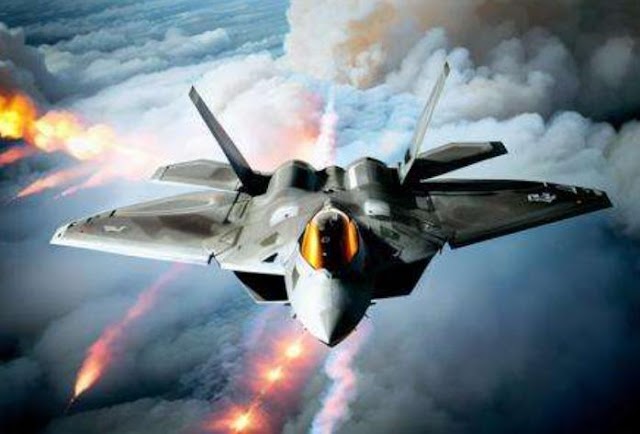"Mig-41: Charting the Skies with Russia's Futuristic Stealth Interceptor"
Introduction:
Mig 41, or Perspektivny Aviation, represents a groundbreaking leap in Russian aerospace capabilities. Developed by Mikoyan, this stealth interceptor aircraft is designed to succeed the MiG-31, promising advanced features and enhanced performance.
 |
| Mig 41 Jet |
Development Overview:
- Inspiration from MiG-701 and MiG-31 Projects (1990s):
- PAK DP's inception draws from earlier projects, including MiG-701 and MiG-31.
- Project code: Izdeliye 41 (Product 41).
- Design Finalization (2019):
- PAK DP's design was finalized by the end of 2019.
- Research work completed concurrently.
- Foundation on MiG-31's Design (2020):
- The Russian Ministry of Defense selected the most promising project in 2020.
- PAK DP to be built based on MiG-31's design.
Capabilities and Features:
- Categorization as 5++ or 6th Generation:
- Acknowledged by Russian defense analyst Vasily Kashin.
- Positions PAK DP at the forefront of aerospace technology.
- Interception of Hypersonic Missiles:
- Equipped with a multifunctional long-range interceptor missile system (MPKR DP).
- Dispenses sub-missiles to increase intercepting hypersonic weapons.
- Versatility with Anti-Satellite Missiles:
- Designed to carry anti-satellite missiles.
- Demonstrates adaptability to diverse threats.
Development Status:
- Official Development Phase (January 2021):
- Rostec Corporation, Mikoyan's owner, announces PAK DP's entry into development.
- Directed by Ilya Tarasenko, Director General of RSK MiG.
- Anticipated Capabilities (Speculated by Ilya Tarasenko):
- Mach number 4–4.3 capability.
- Equipped with an anti-missile laser.
- Operation at very high altitudes and potentially unmanned versions.
- Projected Completion (2025):
- If purchased by the Russian Aerospace Forces, the first production PAK DP is expected in 2025.
Performance Metrics:
- Cruising Speed and Altitude:
- Minimum cruising speed of Mach 3 (3,700 km/h; 2,300 mph).
- Operates at high altitudes, between the stratopause and the tropopause (below 45,000 meters and above 12,000 meters).
- Propulsion System:
- Uses a variant of the Izdeliye 30 engines (Su-57 development).
- Highlights advanced propulsion technology.
- Stealth Technology Integration:
- PAK DP incorporates stealth technology.
- Enhances operational capability by operating undetected.
Conclusion:
The PAK DP's journey from conceptualization to development positions it as a flagship project in Russia's quest for aerospace supremacy. With its advanced capabilities, adaptability, and incorporation of cutting-edge technology, the PAK DP sets a new standard in stealth interceptor aircraft. As the project progresses, the global aerospace community anticipates its potential impact on the future of defense dynamics. With its visionary design and technological prowess, the PAK DP embodies Russia's commitment to staying at the forefront of aerospace innovation.
 |
FAQs About PAK DP: Russia's Next-Gen Stealth Interceptor
1. What is PAK DP, and why is it significant?
- A: PAK DP, or Perspektivny Aviatsionny, is a Russian program for a stealth interceptor designed to replace the MiG-31. Its significance lies in advancing Russia's aerospace capabilities and countering future threats.
2. Is PAK DP the same as MiG-41, and why hasn't it received an official designation?
- A: Although often referred to as MiG-41, PAK DP has not received an official designation, as Russian planes only receive it upon entering service. The project code is Izdeliye 41, showcasing its distinct identity.
3. What capabilities make PAK DP a 5++ or 6th generation project?
- A: PAK DP's categorization as a 5++ or 6th generation project, according to Russian defense analyst Vasily Kashin, signifies its cutting-edge technology, positioning it among the most advanced in aerospace.
4. What role does PAK DP play in countering hypersonic threats, and what other missiles can it carry?
- A: PAK DP is envisioned as an interceptor of hypersonic missiles, equipped with a long-range interceptor missile system (MPKR DP). It can also carry anti-satellite missiles, showcasing its versatility against different threats.
5. When is the expected completion date for the first production of PAK DP, and what are its anticipated capabilities?
- A: If purchased by the Russian Aerospace Forces, the first production PAK DP is expected in 2025. Anticipated capabilities include Mach 4–4.3 speed, an anti-missile laser, high-altitude operation, and potential unmanned versions, as speculated by Ilya Tarasenko, Director General of RSK MiG.









.jpeg)
.jpg)
0 Comments
If you have any doubts. Please let me know. I would be happy for your kind suggestion.